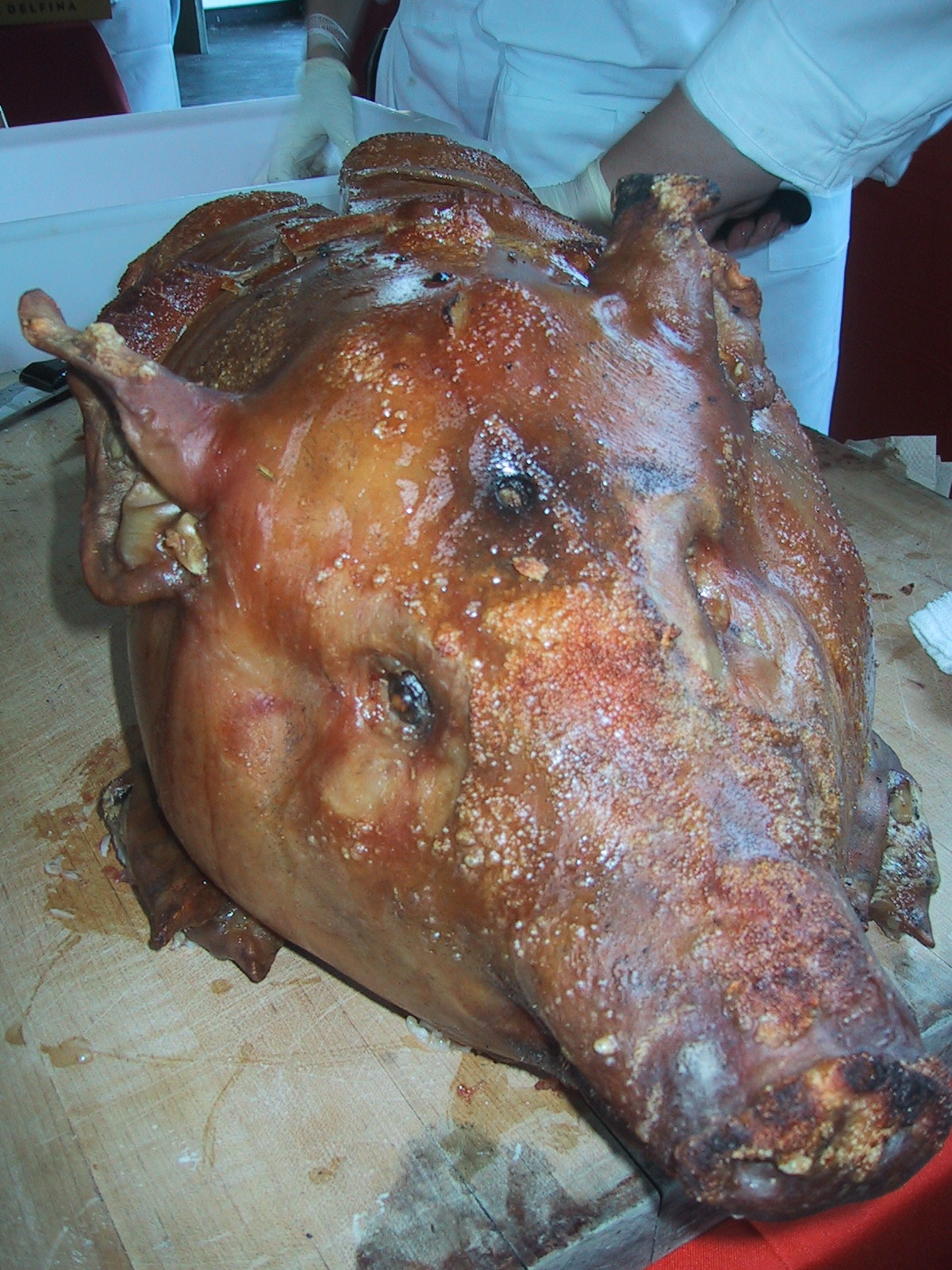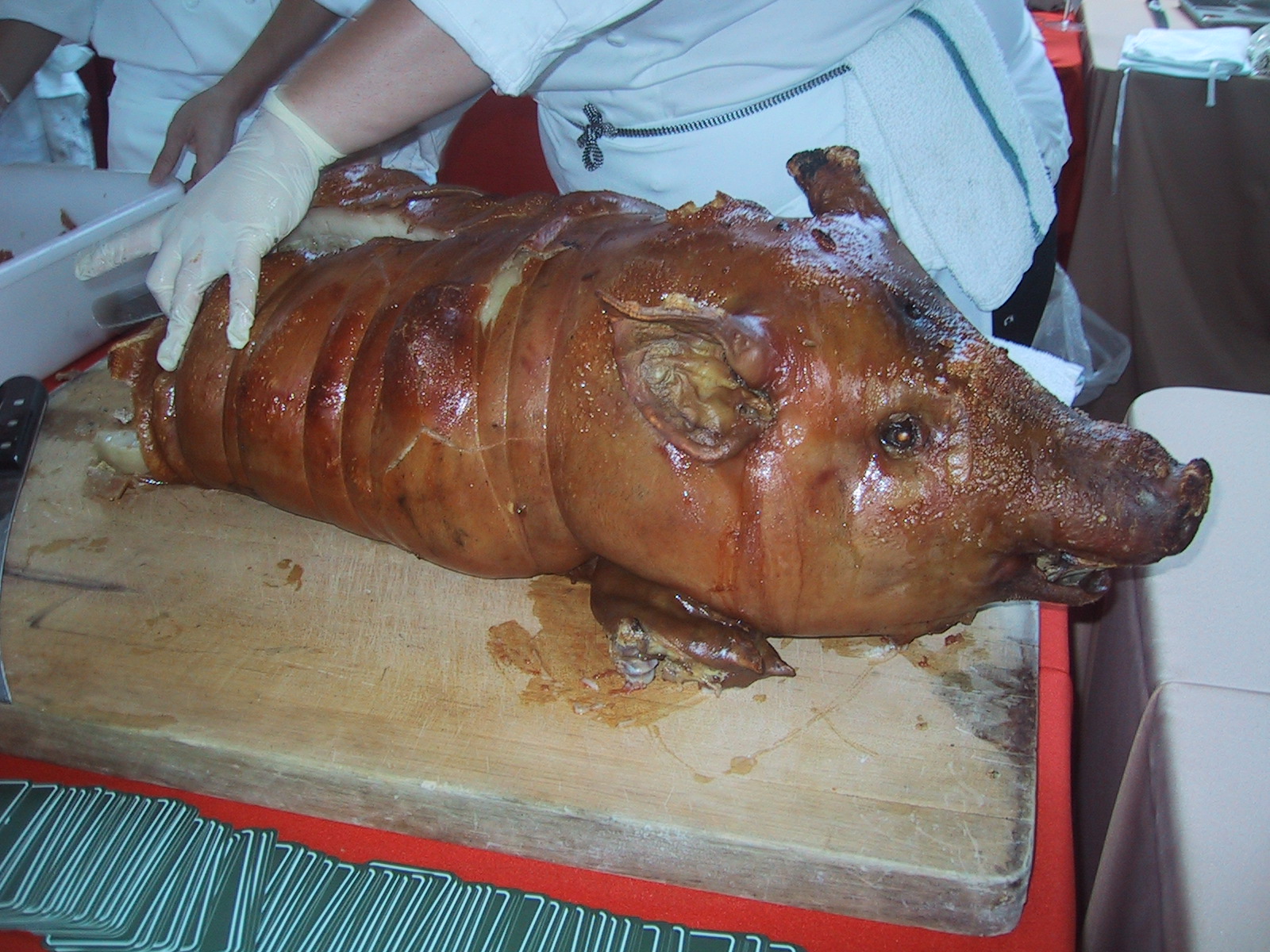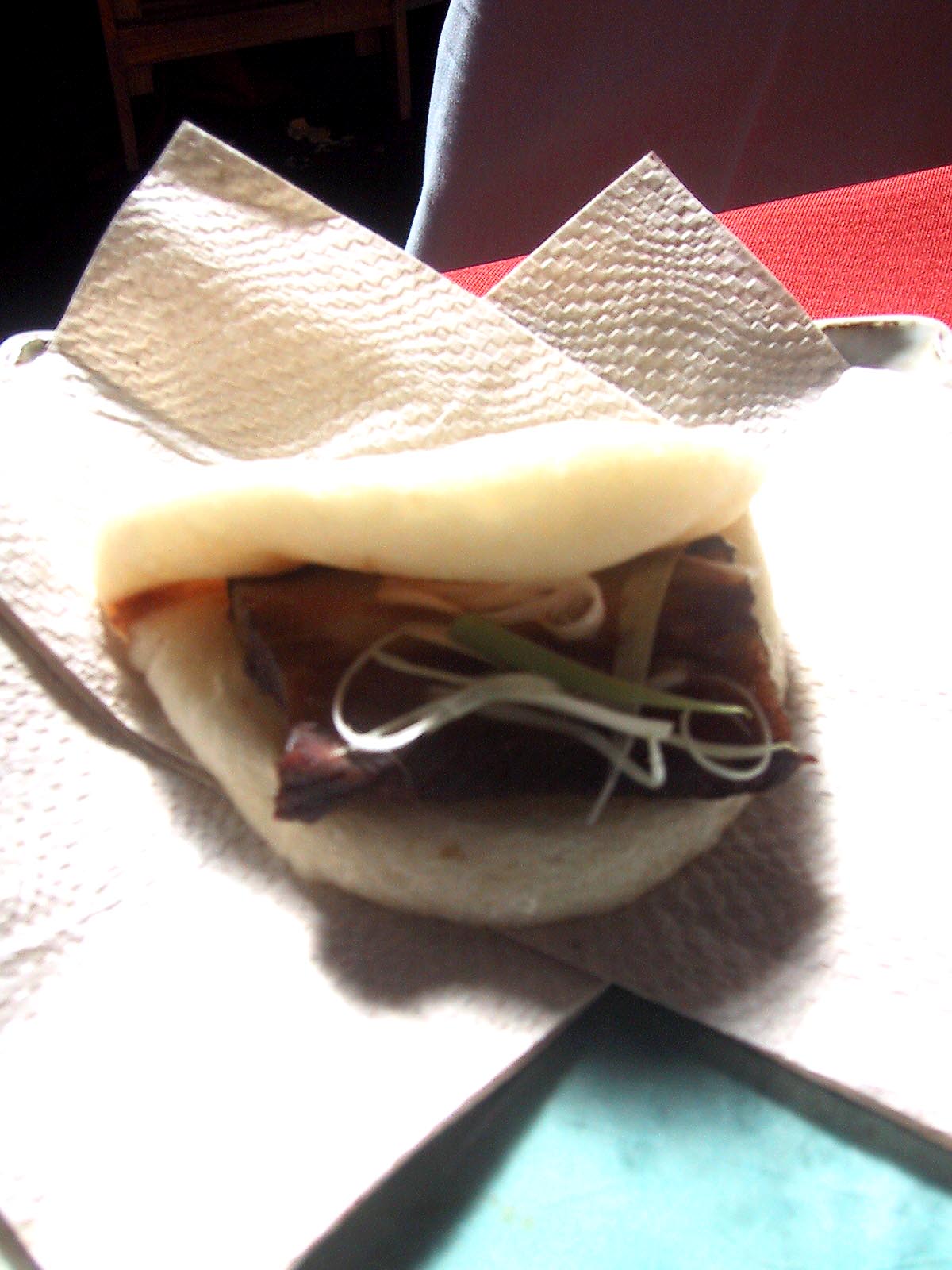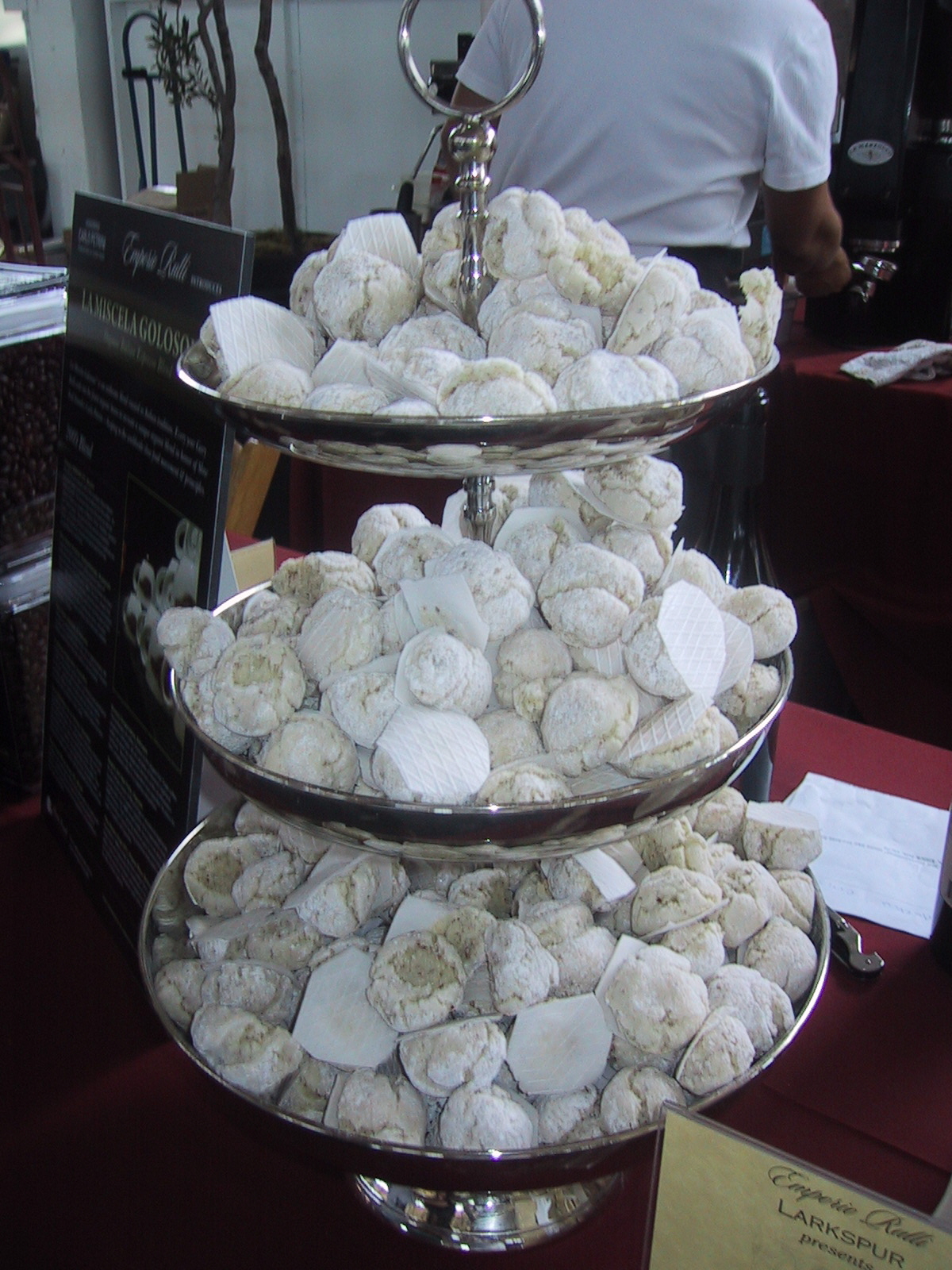
In the wake of the 2nd Annual Wine Bloggers’ Conference (or WBC 2.0 for the congnoscenti) and seeing “Julie and Julia” in the theatre, I pose this question; are bloggers writers? As I compile my thoughts and impressions, reduce them to words on a page, then read and edit for content and relevance; is this writing or blogging, or perhaps both?
The stream-of-consciousness style of Julie Powell’s blog, both in the movie and after subsequent readings is somehow just “TMI,” or “Too Much Information,” in the abbreviated lingo of the blog. Is anyone really interested in my unedited musings and late night insecurities? Or is it all part of that self-absorbed stream of daily details that characterizes this generation of writers? One of my friend’s comments (on facebook, none the less) was that at WBC 2.0, there were murmurs that food bloggers were merely riding on the reputation and coat tails of wine bloggers. It seems like such a chicken vs. egg discussion, hardly worthy of the paper (or screen) on which it is written. Is it the medium or is it the message? Is this really a new invention or merely the continued evolution of writing itself?
Writing is writing, be it scratching on cave walls or tweeting from your I-Phone or Blackberry. It is the delivery methods that are in flux. Back in the day, printed books were considered cheap imitations of scribes and scholars, often discounted by the truly learned of the times. Then the same book authors came to look down their respective noses at periodicals; magazines and newspapers. The writers featured in such ad-hoc publications must be of a lesser genre than those elite who spent their days, weeks and months writing books. Imagine the outrage at the thought of writing with a specific topic in mind, and to meet a deadline on top of that! Bloggers, due to the self-published and often unedited nature of their craft, are the new scapegoats, the non-conformists that drive the leading edge of change.
What is writing, except creating or invoking a sensory experience via the printed word? Whether it is in a book, magazine, newspaper or blog, writers are painting pictures with language to elicit a response, even an affiliation, from the reader. One of the most wonderful aspects of blogging for me is the inclusion of images. Now, I have been known to make a reader hungry for a particular dish by just a few choice descriptors, but a full color image seals the deal instantly. As a chef, I have learned over the years that we “eat” with all of our senses. The auditory, textural, visual and olfactory aspects of food enhance the enjoyment above and beyond the simple sensation of taste. Think of curried chicken salad without the crunch of butter toasted almonds, without the golden hue derived from the complex spice blend, and without those characteristic earthy and tangy aromas reminiscent of an Indian bazaar. Many of our most pleasant memories are linked to sensory cues. Adding imagery to a written piece is often the tease that brings the reader close enough to capture their attention and draw them into the scene you are depicting. The proliferation of cookbooks as coffee table books, replete with dazzling photographs and the multitude of glossy food and lifestyle magazines attest to this reality.
Storytellers over the millennia have connected specific rituals to the practice of their craft. Sparking the creative process often requires achieving a meditative, receptive state, usually through the mechanism of repetitive tasks or surroundings. One of the unique aspects of blogging is that it is often more spontaneous. Mobile devices such as smart phones, net books or laptops enable the almost instantaneous capture of an inspiration, taking a moment in time and developing it as an expression of the writer’s perspective. Anything, from a memorable meal to an encounter with nature can be replicated for the reader, within moments of the experience, often complete with audio and pictures. Many writers struggle with the transition, as time tested but slower rituals must be cast aside.
What is the downside to all of this spontaneity? The virtual world is flooded with chatter. How then, to parse the true gems from all the background noise? New delivery methods allow the receiver to set up a complex set of parameters that screen the information delivered to them. Writers can also utilize these technologies to deliver a personalized message to a specific reader. We are on the threshold of a communications breakthrough that will change forever how we search for and receive information. Exciting, yet frightening, as the task of editing all of this content falls to the readers themselves. I saw a headline on a blog post the other day, “Sex Not a Prerequisite for Winemaking;” a title reminiscent of “Eats, Shoots and Leaves.” Upon reading the article itself, I realized that the proper object of the sentence was actually “gender” not “sex;” something that, in the days of newspapers or magazines, an editor would have caught and likely corrected. Editors also functioned as fact-checkers, validating the basic soundness of the information presented. Who will perform that role today? Are we left to find some new truth in the tired old adage, “You can’t always believe what you read?”
Change only becomes cemented in our way of life when it leaves the fringes and becomes the new mainstream. Already, some bloggers are finding themselves left behind as newer, faster, and more abbreviated forms such as Twitter and video become the stock in trade of the early adopters. It is ironic to hear someone who has been blogging since “the nineties” complain about these new and annoying mechanisms for delivering content. “Back in my day….” Any one of us can fill in the blank. When it gets right down to it, words are words; and unless there is a reader, no matter how prolific you are, you are not a writer. The challenge lies in finding context in your daily life that remains appealing to those who wish to peer through the frame of your written words into picture that you paint with them.





